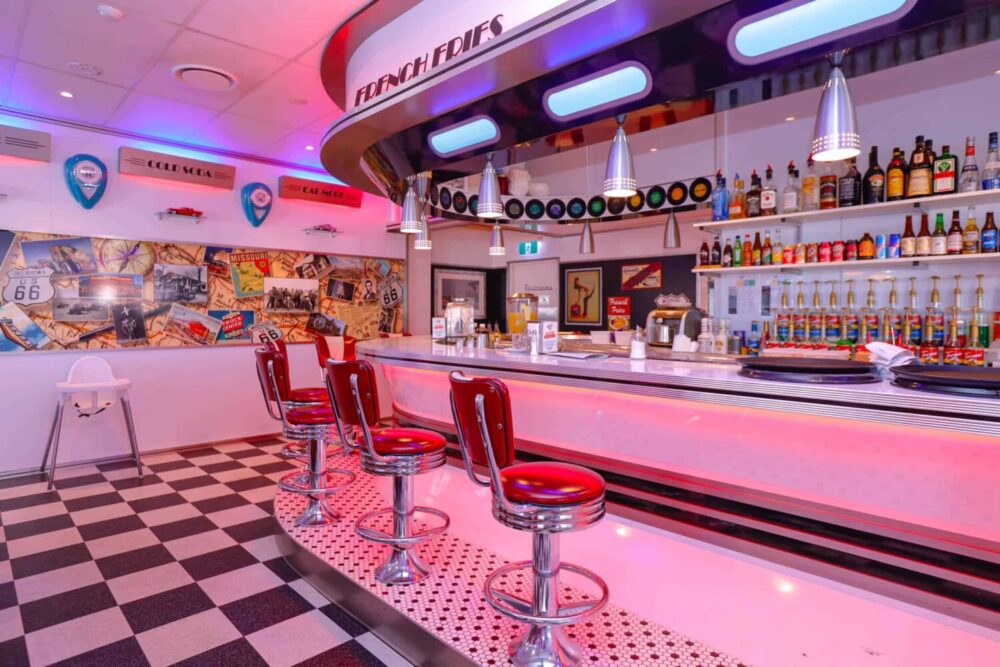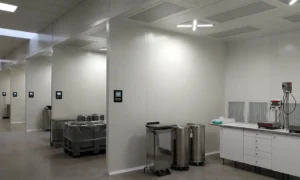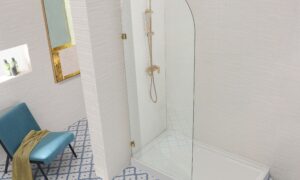Themed environment design is an art form that transcends the ordinary, transforming spaces into immersive experiences that captivate the senses and ignite the imagination. It’s the magic that turns a simple amusement park into a fantastical world, a restaurant into a culinary journey, or a retail store into a shopper’s paradise. The power of themed environment design lies in its ability to create memorable experiences that resonate with visitors long after they’ve left the premises. This is achieved through meticulous attention to detail, immersive storytelling, and a deep understanding of the desired visitor experience.
Understanding the Purpose and Objectives
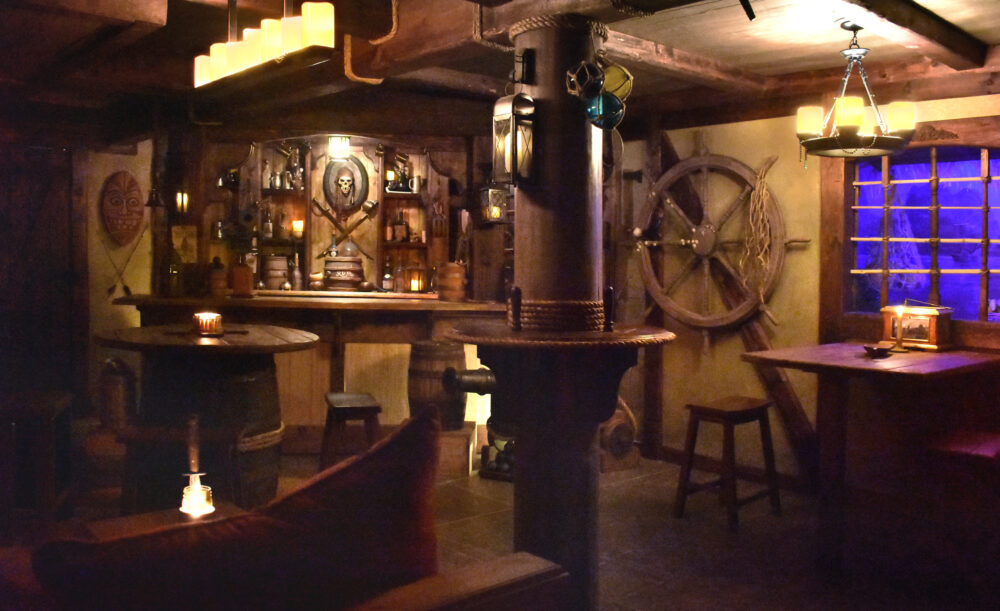
Source: phillipfreerdesign.com
The first step in successful themed environment design is clarifying the purpose and objectives of the project. This involves understanding the desired experience, identifying the target audience, and aligning the creation with the overall goals. Whether it’s to transport visitors to a different era, evoke a specific emotion, or promote a brand, the design must serve a clear purpose. This clarity guides every decision, from the overarching theme to the smallest details, ensuring that it resonates with the intended audience and achieves the desired impact.
Immersive Storytelling and Narrative Development
Storytelling is at the heart of themed environment design. It’s the narrative thread that weaves together the various design elements, creating a cohesive and engaging experience. Successful crafts in this department are compelling narratives that not only entertain but also evoke emotional responses, forging a deeper connection between the visitor and the environment. This can be achieved through various techniques, such as creating a backstory for the theme, incorporating symbolic elements that reinforce the narrative, and using its features to guide visitors through the story.
Researching and Gathering Inspiration
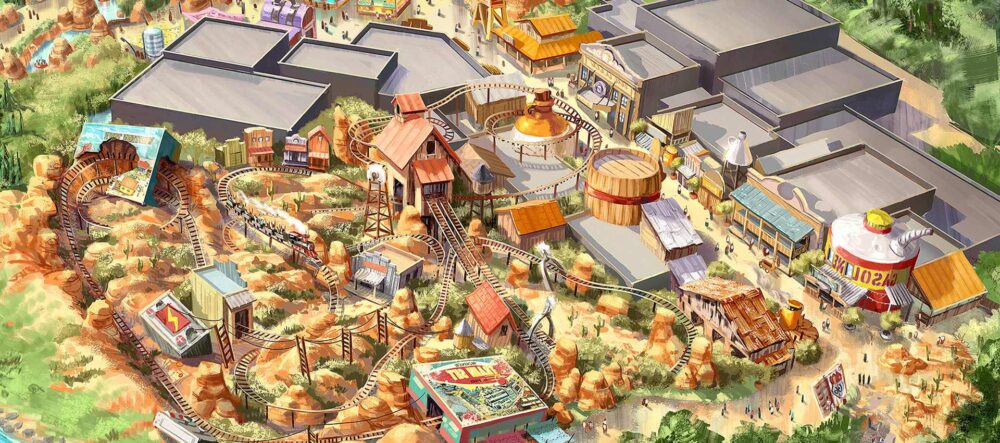
Source: conceptart.cgmasteracademy.com
Thorough research and gathering inspiration from various sources are crucial in themed environment design. Designers can draw inspiration from history, culture, literature, and other creative mediums to create unique and engaging themes. For instance, a designer might delve into ancient mythology to create a fantasy-themed amusement park or study architectural styles from a specific period to recreate an authentic historical setting. This research not only fuels creativity but also ensures that the design is grounded in authenticity and respect for the source material.
Conceptualization and Sketching
Once the theme and narrative have been established, the next step is to translate these ideas into visual concepts. This is done through sketches and drawings that capture the essence of the theme and key design elements. These initial sketches serve as a blueprint for the design, providing a visual reference for the spatial planning, layout, and selection of materials, colors, and textures. They also allow designers to experiment with different ideas and refine the final product before moving on to the more detailed planning stages.
Spatial Planning and Layout Design
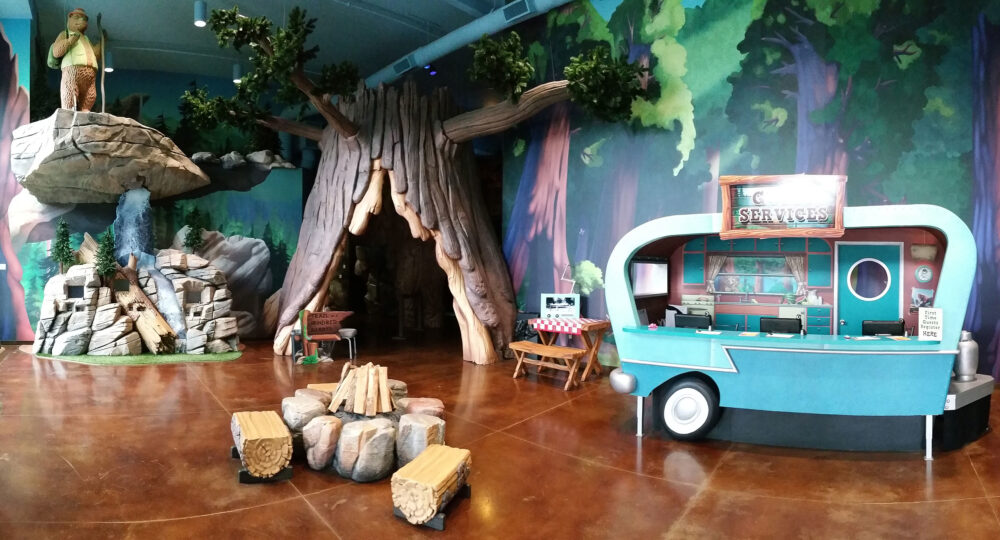
Source: wackyworldstudios.com
Spatial planning and layout designs are critical in creating a seamless and immersive themed environments. This involves optimizing visitor flow, creating focal points, and balancing aesthetics with functionality. Designers must consider how visitors will move through the space, ensuring that the layout guides them intuitively while also highlighting key features and attractions. At the same time, it must be practical and accessible, accommodating the needs of all visitors and complying with safety regulations.
Materials, Colors, and Textures
The selection of materials, colors, and textures plays a significant role in shaping the overall ambiance and thematic coherence of the environment. These elements not only contribute to the visual appeal but also enhance the immersive experience by appealing to the senses. For instance, the use of rustic wood and stone in a wilderness-themed park can evoke the feeling of being in a natural setting, while vibrant colors and futuristic materials can create a sense of being in a different time or space.
Lighting and Sound Design
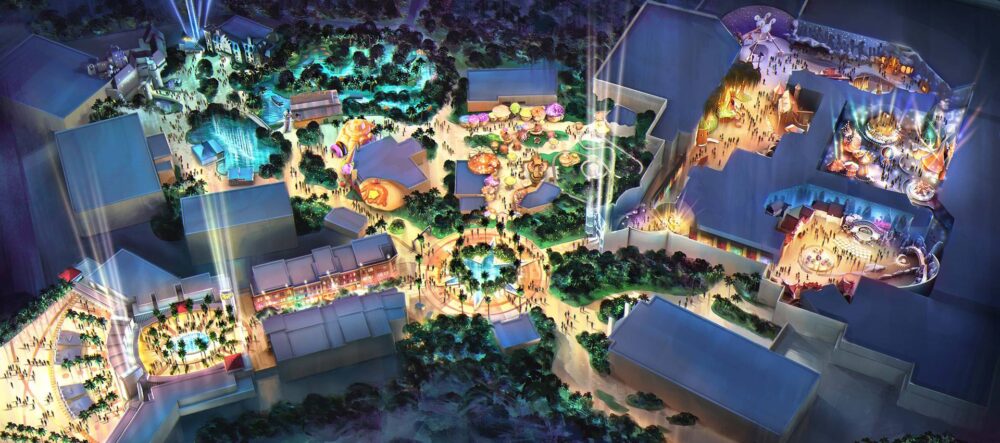
Source: conceptart.cgmasteracademy.com
Lighting and sound design are crucial in setting the mood and enhancing the thematic experience. Strategic use of lighting effects can highlight key features, create dramatic contrasts, and guide visitors through the space. Similarly, audio cues and music can enhance the narrative, evoke specific emotions, and create a multisensory environment. For instance, the sound of chirping birds and rustling leaves can enhance the realism of a nature-themed park, while dramatic lighting can create a sense of mystery and intrigue in a horror-themed attraction.
Attention to Detail and Theming Throughout
Attention to detail is what sets apart a truly immersive themed environment. This involves integrating thematic elements consistently throughout the design, from small props to architectural features. Every element should contribute to the theme and narrative, reinforcing the immersive experience. This could be as subtle as the choice of fonts on signage, the design of furniture, the selection of background music, or as prominent as the architecture and landscaping.
Interactive Elements and Engaging Experiences
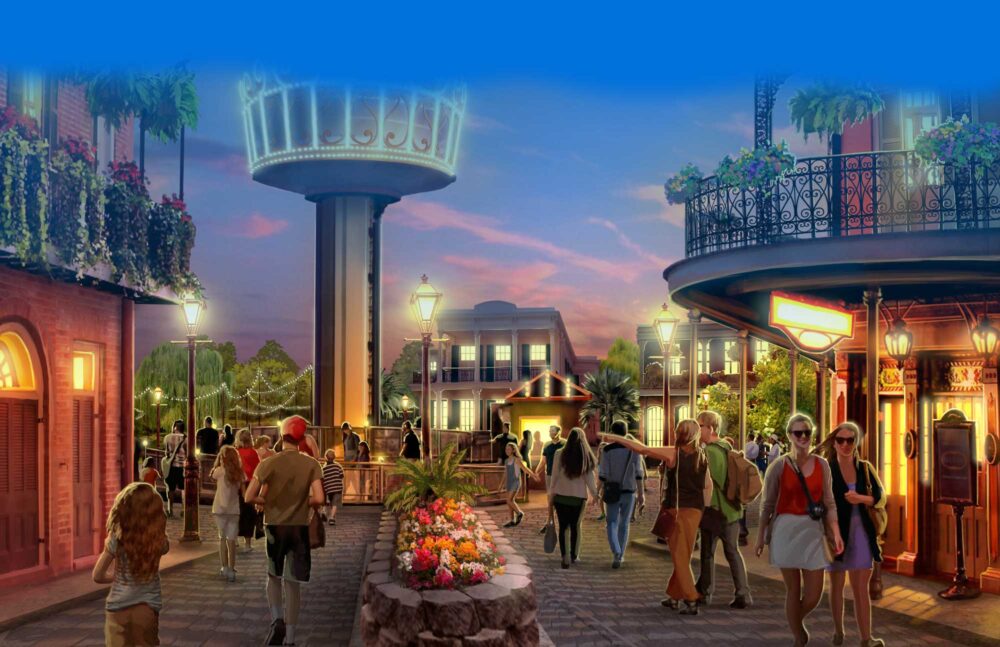
Source: google.com
Incorporating interactive elements that encourage visitor participation and engagement is another secret to successful themed environment design. This could involve the use of technology, gamification, and other interactive features that allow visitors to become active participants in the experience. For instance, a museum might incorporate interactive displays that allow visitors to explore historical events in a hands-on way, or an amusement park might use virtual reality technology to enhance the thrill of its rides.
Sustainability and Environmental Considerations
Sustainability and environmentally friendly practices are increasingly important in themed environment design. This involves incorporating eco-friendly materials, energy-efficient lighting, and sustainable practices into the design. Not only does this reduce the environmental impact, but it also aligns with the growing consumer demand for sustainable experiences. Moreover, it can enhance the theme and narrative, such as in a nature-themed park that showcases sustainable practices as part of its mission to promote environmental conservation.
Collaboration and Project Management
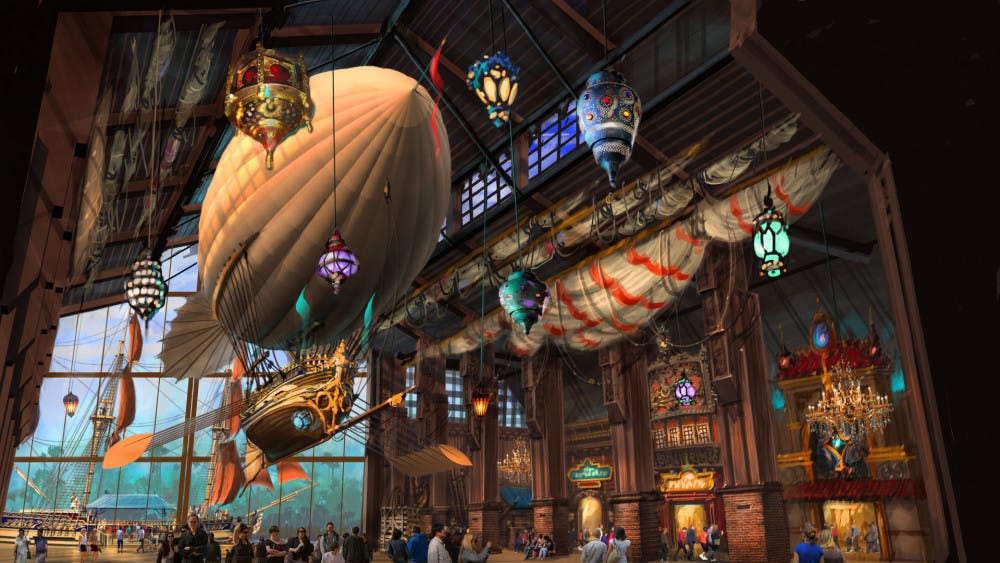
Source: alligator.org
Themed environment design is a collaborative effort that involves designers, architects, engineers, and other professionals. Effective project management is crucial in coordinating these diverse roles and ensuring timely and successful execution of the design. This involves clear communication, efficient workflows, and a shared understanding of the project goals and objectives.
Evaluation and Continuous Improvement
Finally, successful themed environment design involves ongoing evaluation and continuous improvement. This involves gathering feedback, measuring visitor satisfaction, and making adjustments to the design over time. Whether it’s tweaking the layout to improve visitor flow, updating the narrative to keep it fresh and engaging, or incorporating new technologies to enhance the interactive elements, continuous improvement ensures that the design remains relevant and continues to deliver memorable experiences.
Conclusion
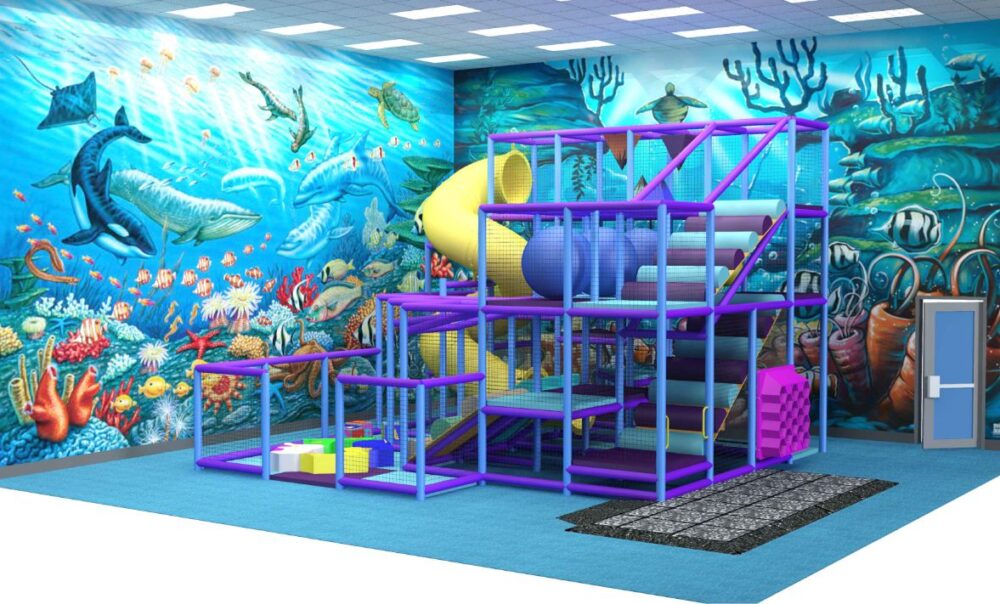
Source: google.com
In conclusion, successful themed environment design is a complex and multifaceted process that requires a combination of creativity, storytelling, attention to detail, and a deep understanding of the desired visitor experience. It’s about creating immersive environments that captivate the senses, evoke emotional responses, and leave a lasting impression. Whether you’re a designer, a business owner, or simply a lover of themed environments, understanding these secrets can enhance your appreciation of these magical spaces and inspire you to create your own memorable experiences.


